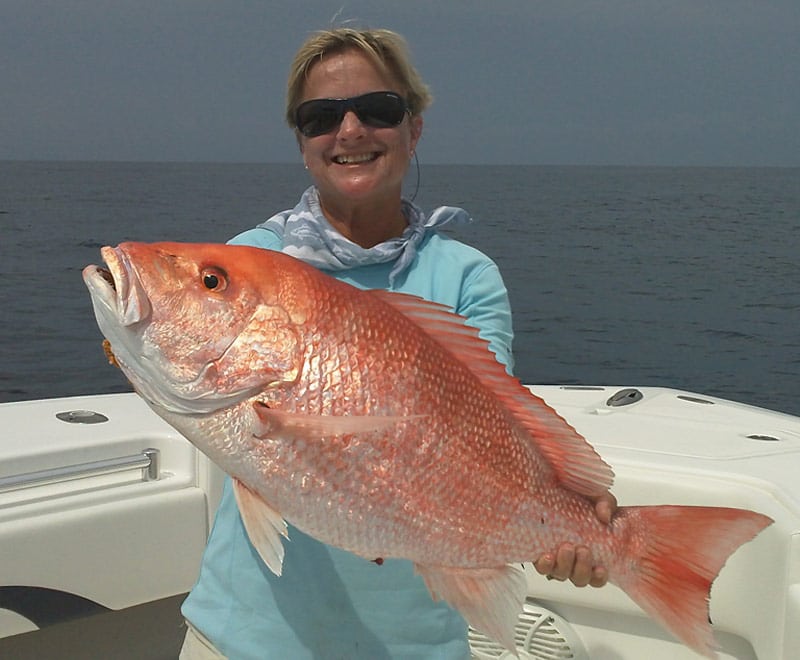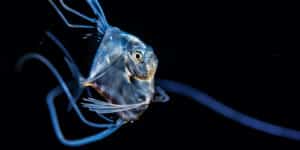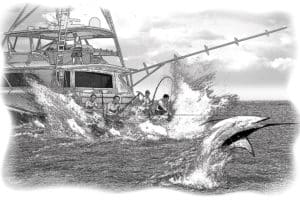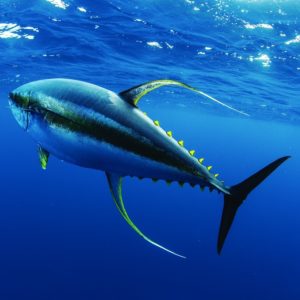
Red snapper will enjoy a new accounting.
NOAA has announced a new statistical process that jumpstarts a long-awaited update of how recreational catches are counted. That means, NOAA is looking differently at the numbers collected from various surveys to tell us — for instance — how many red snapper were caught by Gulf of Mexico anglers last year.
Calling that revised calculation method a more accurate gauge of angling success, NOAA published side-by-side comparisons of catch rates going back to 2004, tallied under the old and new methods. Some of the numbers go up, some go down, and some stay about the same.
But many anglers quickly questioned just how accurate the new calculation method could be – an important concern given that just about everyone doubted everything about the previous system.
For years, the feds used the Marine Recreational Fishing Statistics Survey — or MRFSS (prounounced MURFS) — to count the catch of fish from the angling community. The process involved phone polls and dockside surveys of fishermen returning from a day on the water.
But while commercial-catch data come from actual reports of fish brought to processors, recreational surveys relied on some observation (fish in coolers) but mostly on less dependable verbal responses. NOAA also couldn’t easily identify saltwater anglers within random phone lists.
Now, after 30 years of MRFSS, better data are needed to make crucial decisions about important fish species. NOAA’s new calculation process is the first step toward replacing MRFSS with the Marine Recreational Information Program — or MRIP (pronounced em-rip). Future steps, over the next 18 months, should include improved survey methods and a better pool of anglers for polls, gathered by the National Saltwater Angler Registry.
Whether the new calculation process represents more accuracy will be debated by scientists and challenged by anglers. But NOAA did take steps to introduce independent review.
- NOAA first engaged the National Academy of Sciences’ National Research Council to review MRFSS.
- After the council released its findings in 2006, NOAA began working with state agencies to redesign the surveys.
- The reauthorization of the Magnuson-Stevens Fishery Conservation and Management Act in 2007 echoed the council’s concerns and required that NOAA develop the national angler registry.
- The new estimation process underwent peer review beginning in 2010.
In reading through the materials on NOAA’s http://www.countmyfish.noaa.gov website, I don’t immediately see the tedious details such as who peer-reviewed the process and how many of the council’s findings became part of the redesign. I am counting on fisheries scientists via conservation groups to further peer review all of MRIP’s procedures.
In the end, however, recreational-catch statistics will always involve some mathematical uncertainty and “proportional standard error.” It will behoove NOAA to be as transparent about all parts of the process as they can be.
In the meantime, visit the MRIP site at http://www.countmyfish.noaa.gov and click on the link “Query the New Catch Estimates” to check out for yourselves how the numbers now compare. Under the Catch Data tab, select MRFSS/MRIP comparisons and click Goto Query. Keep in mind, however, that actual numbers still come from the same flawed survey methods. But that’s Step No. 2.







